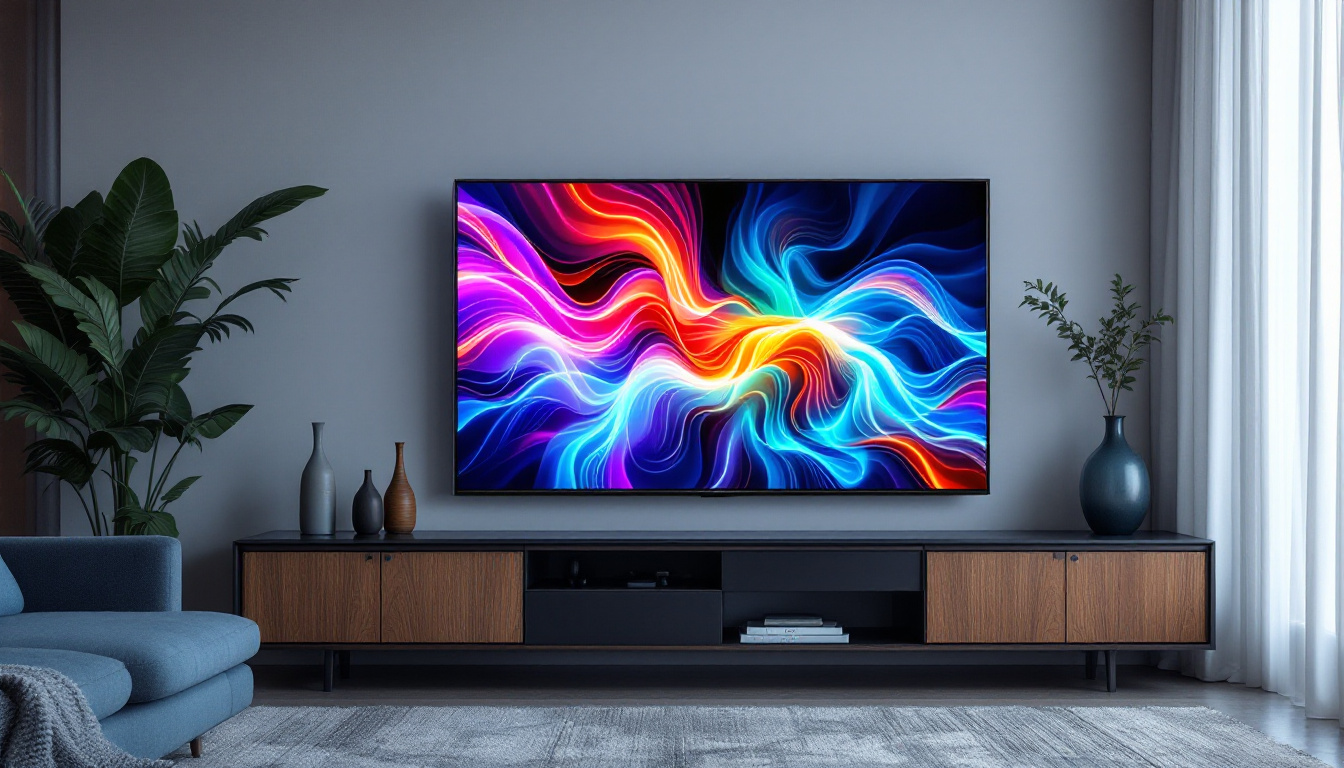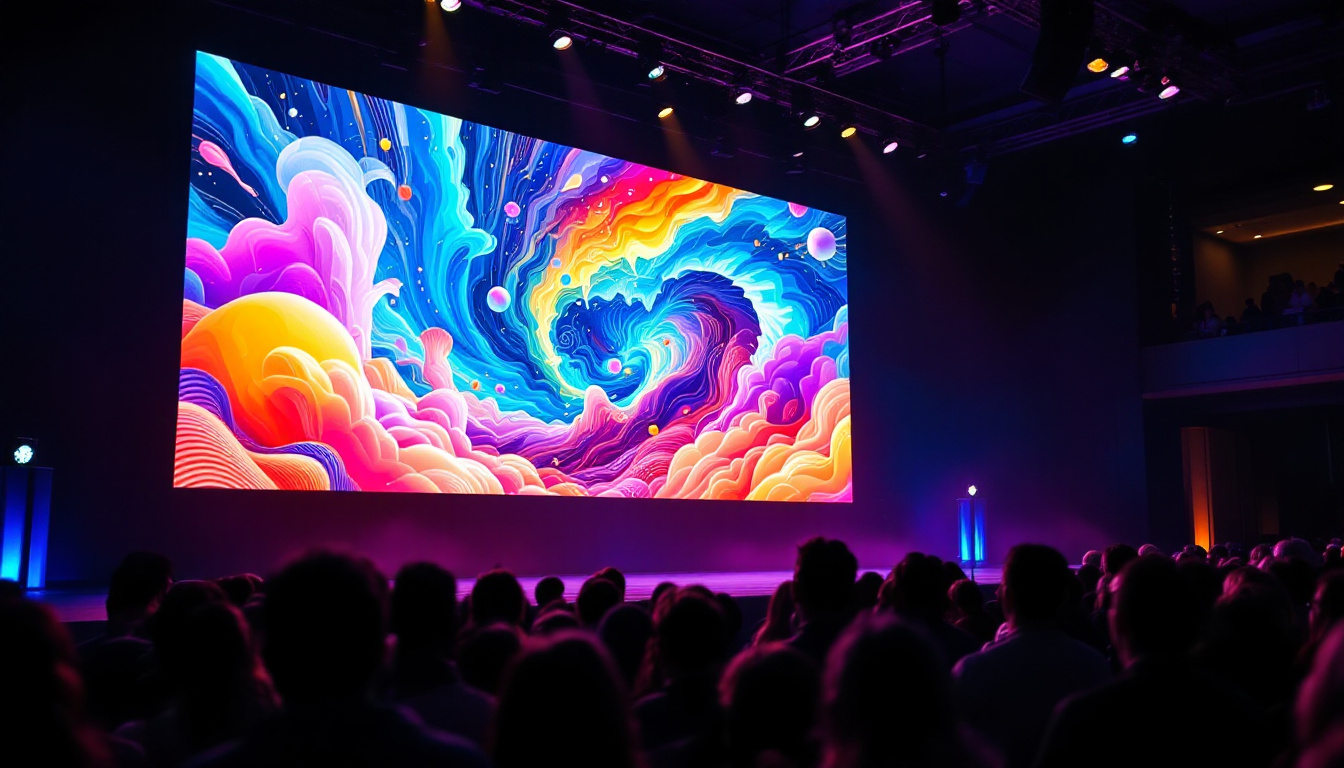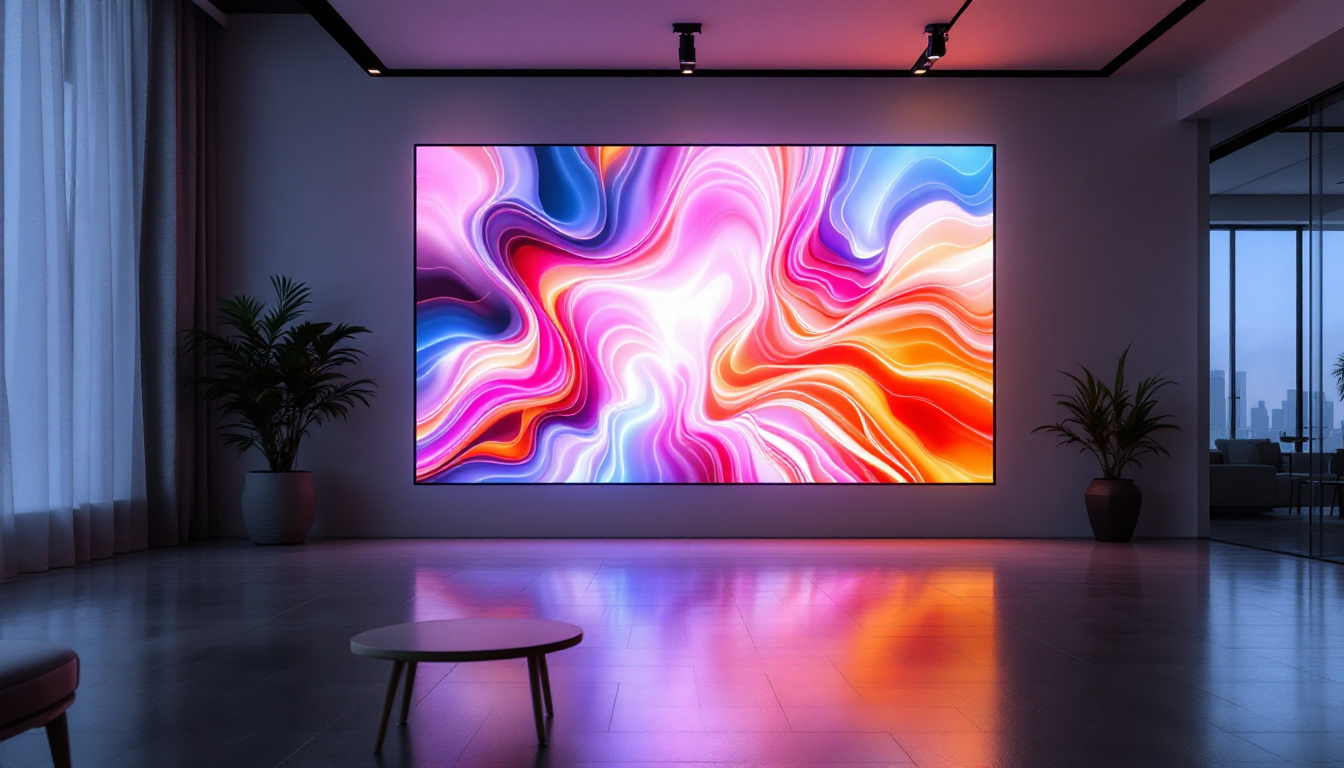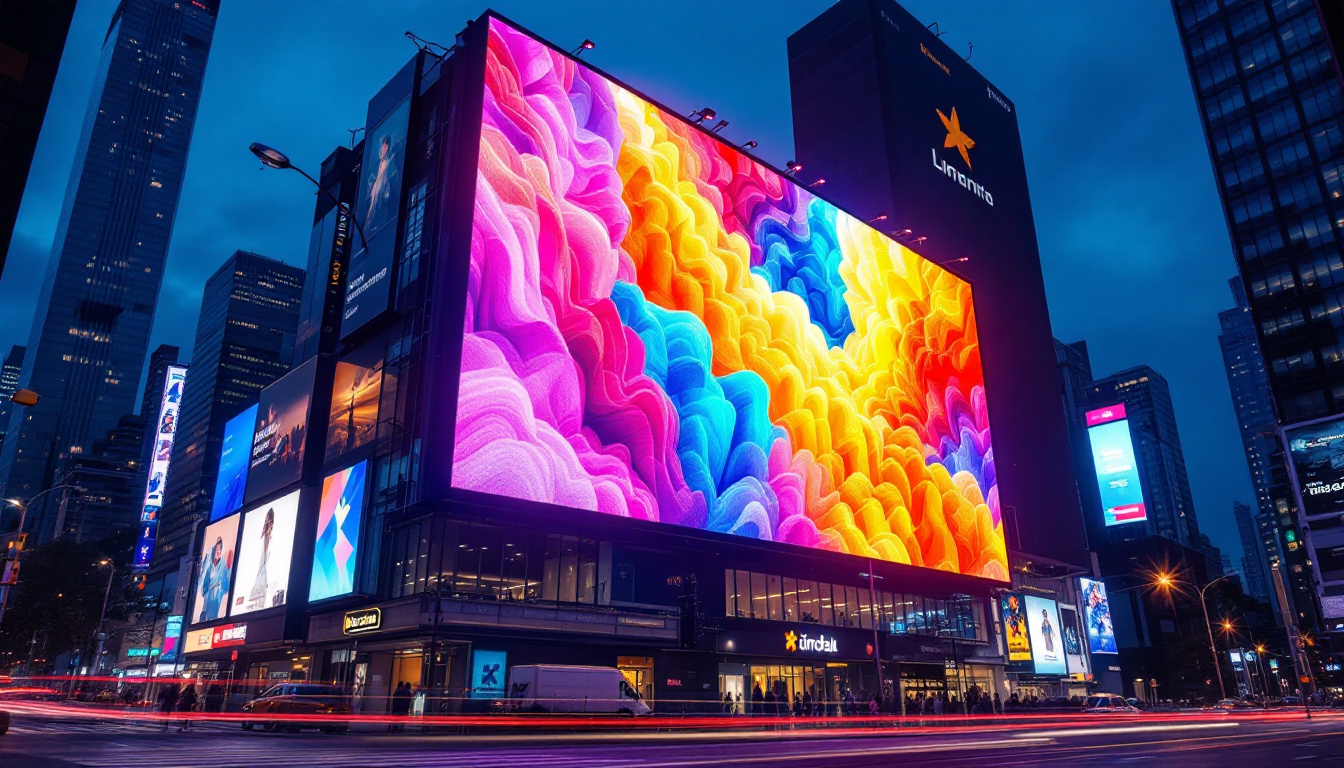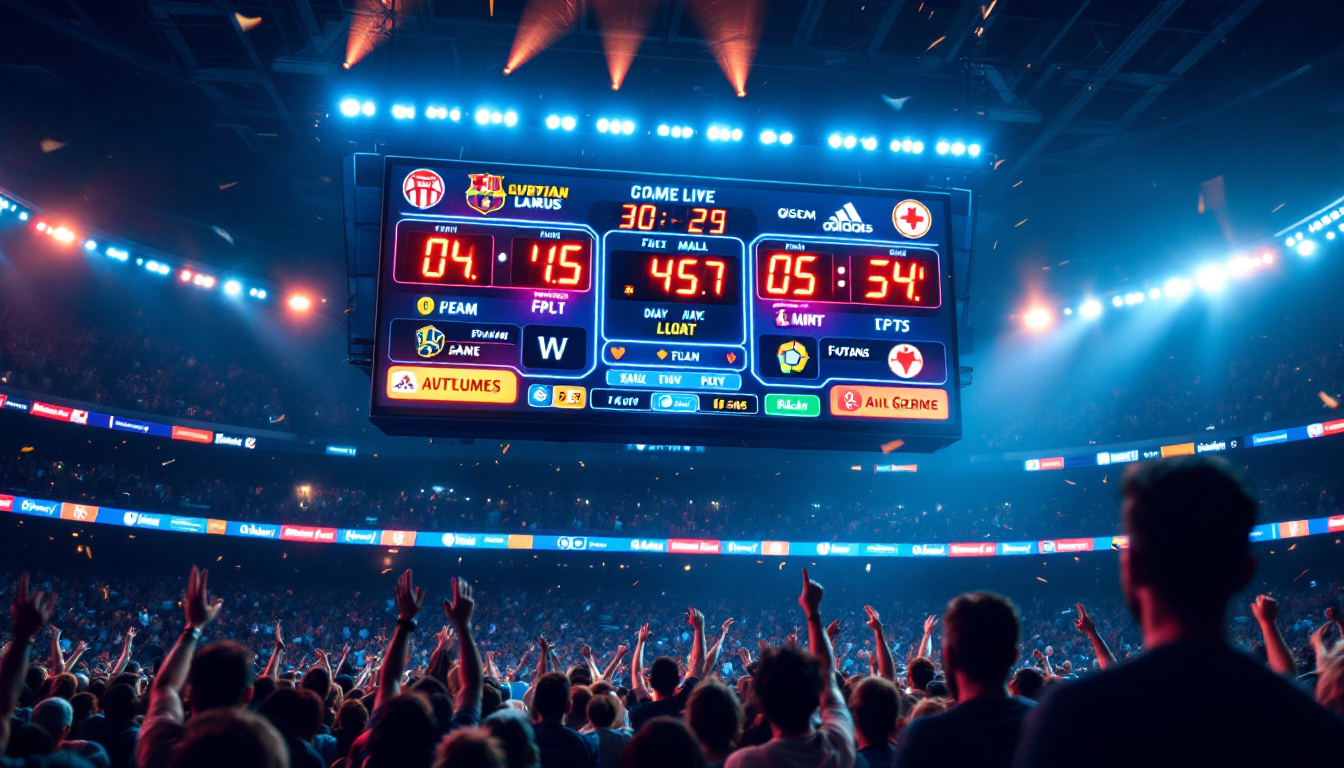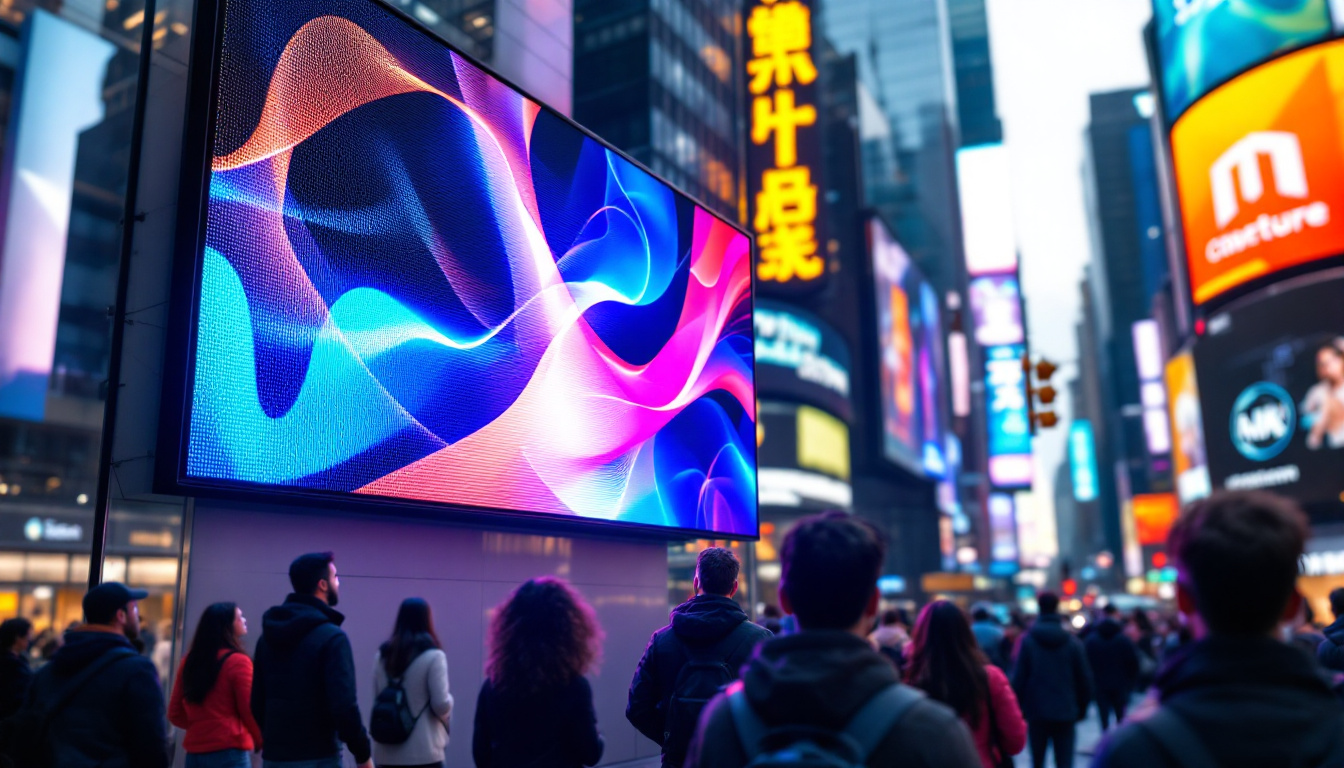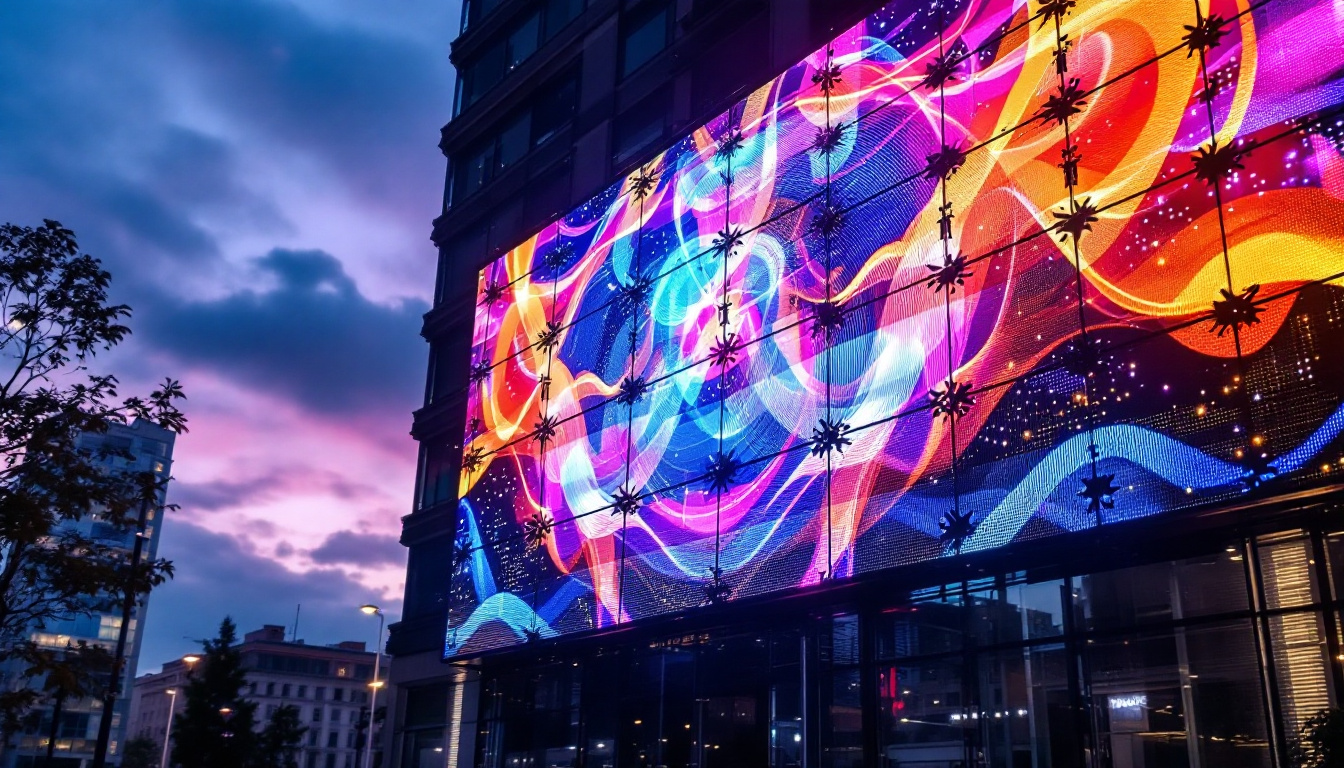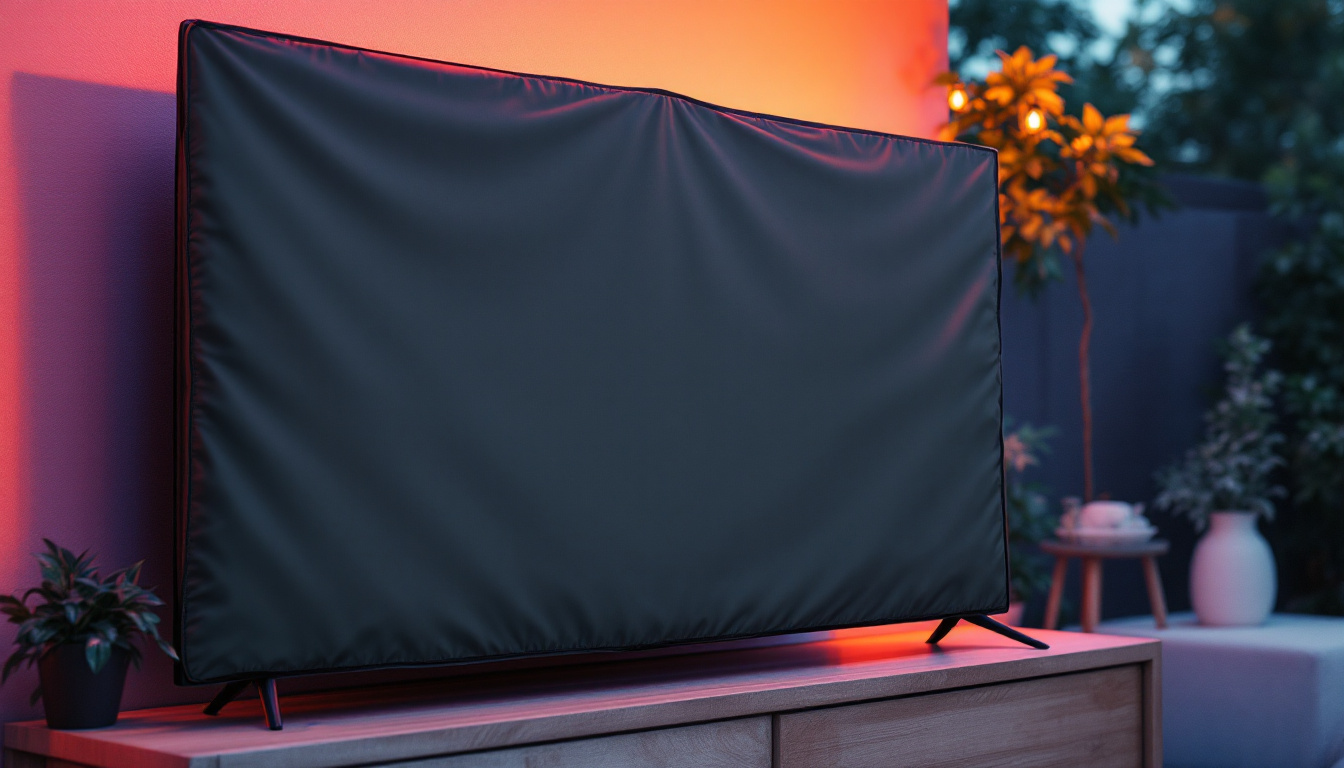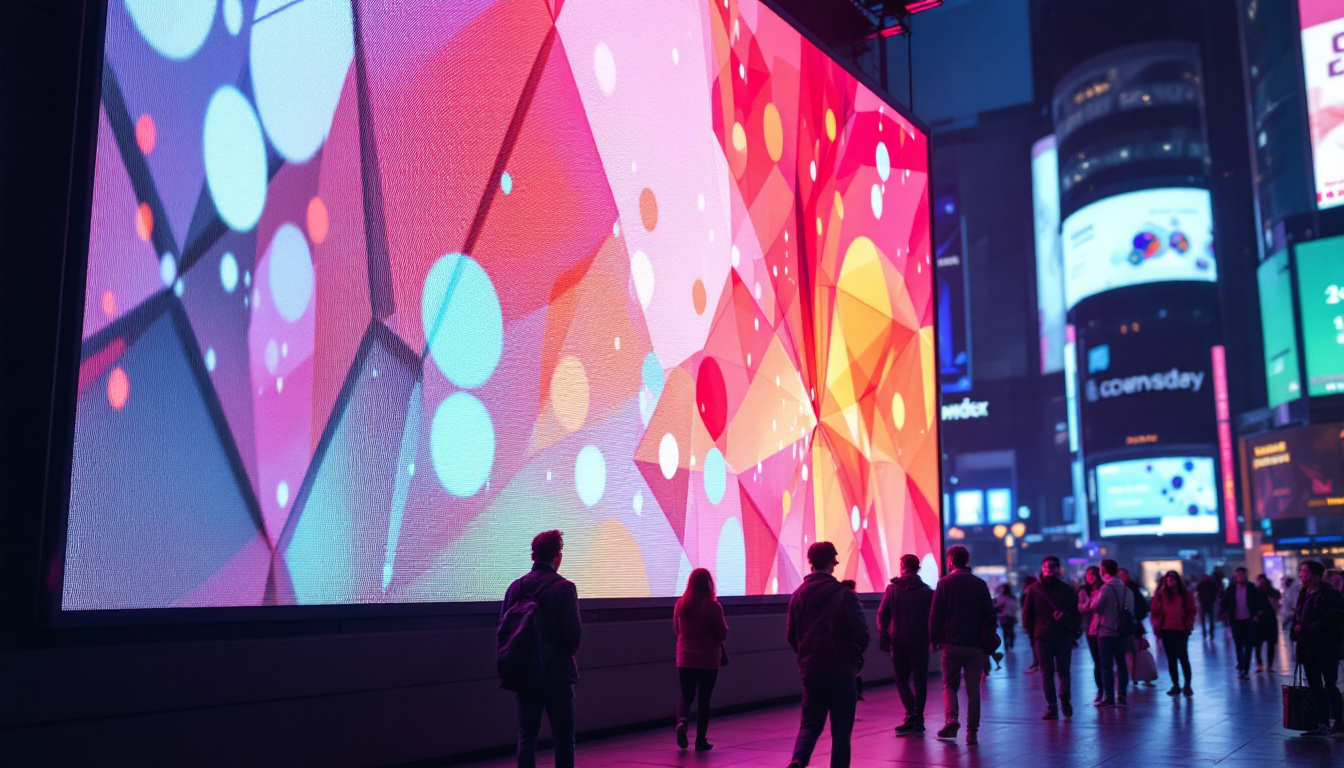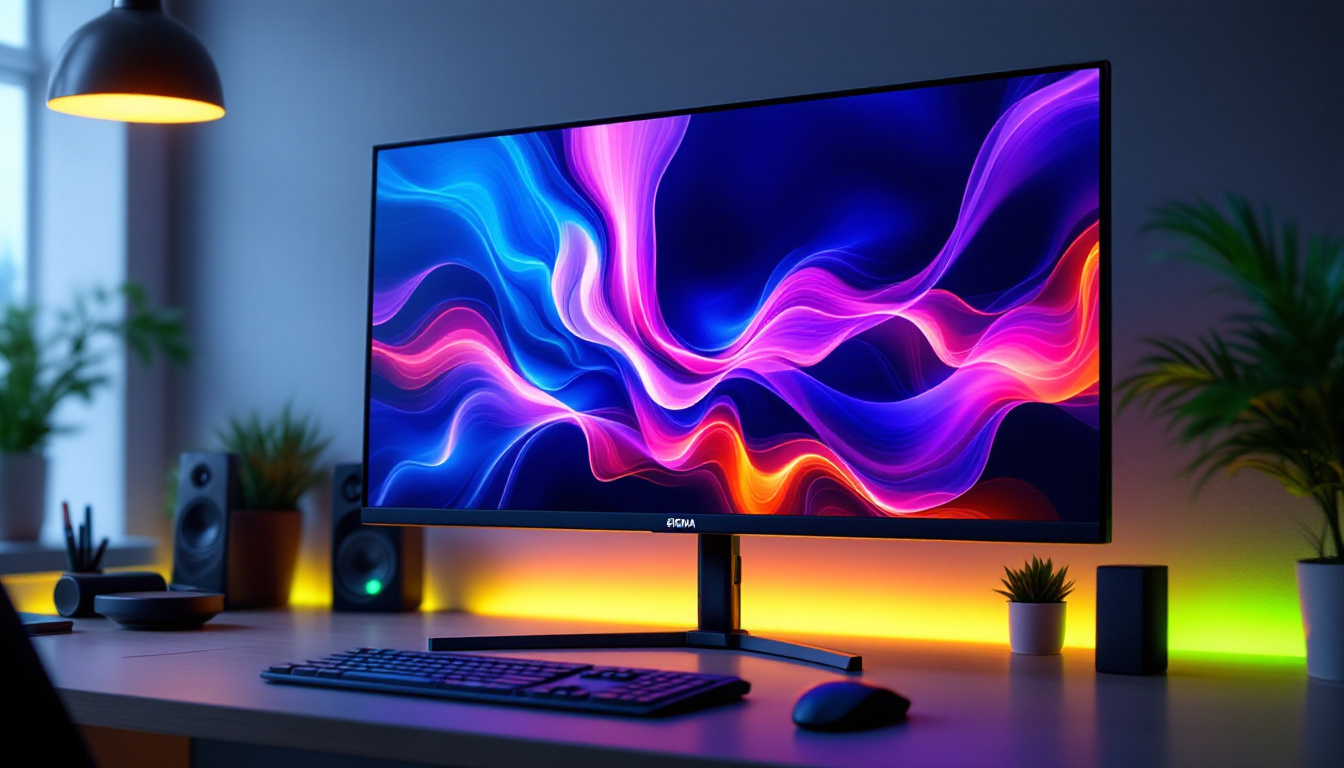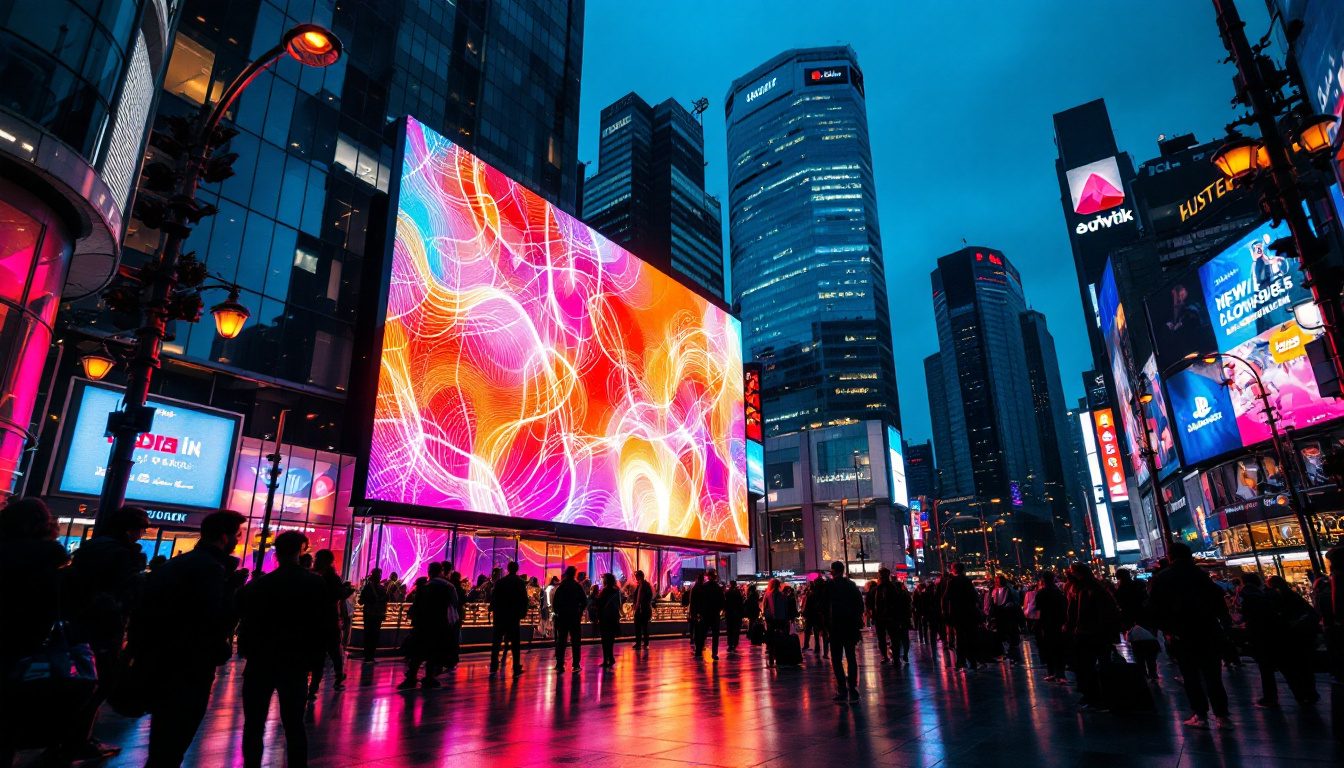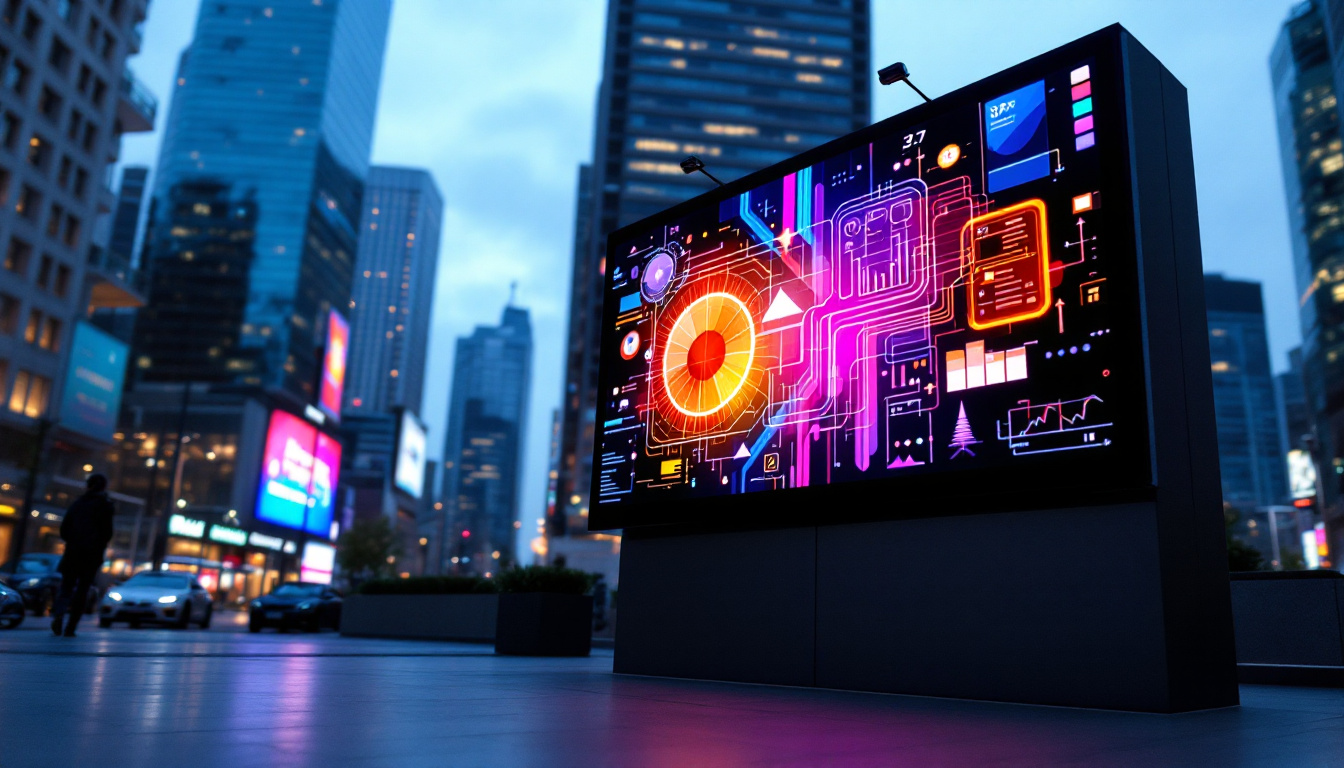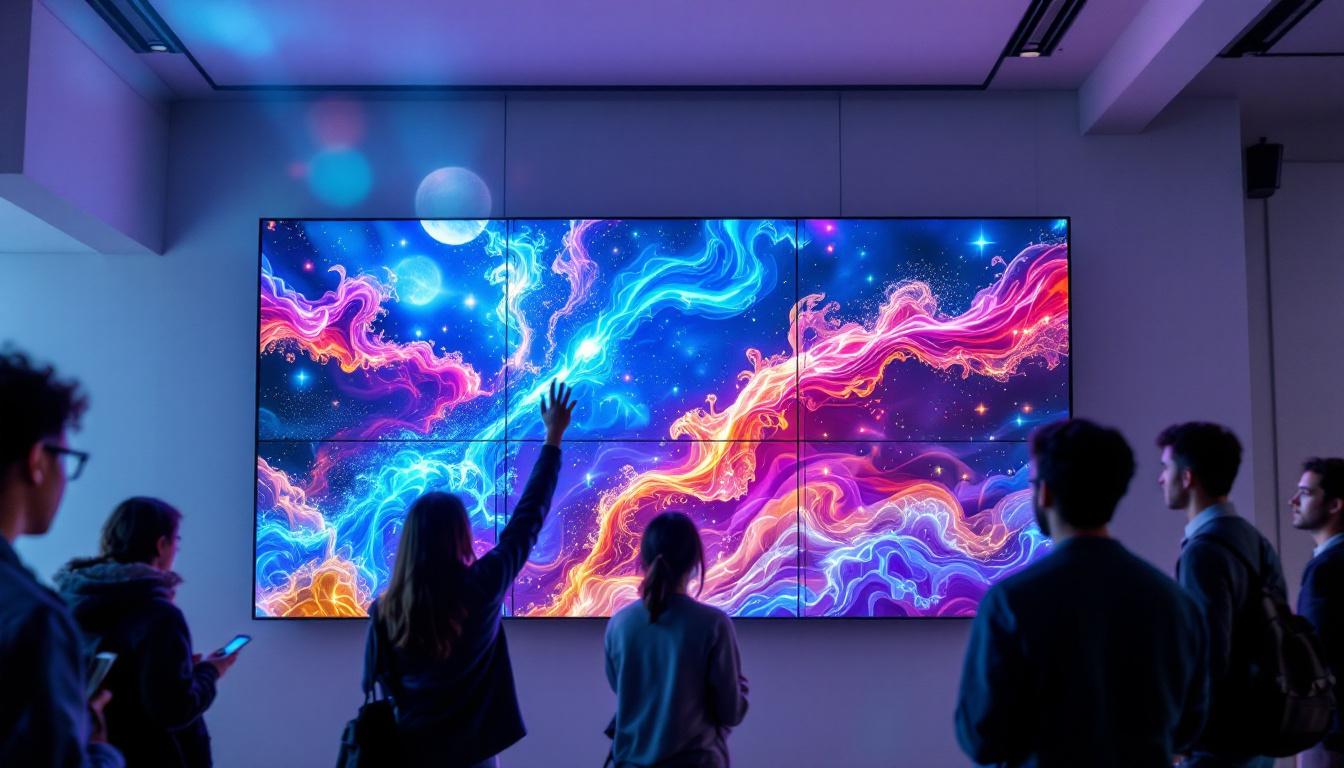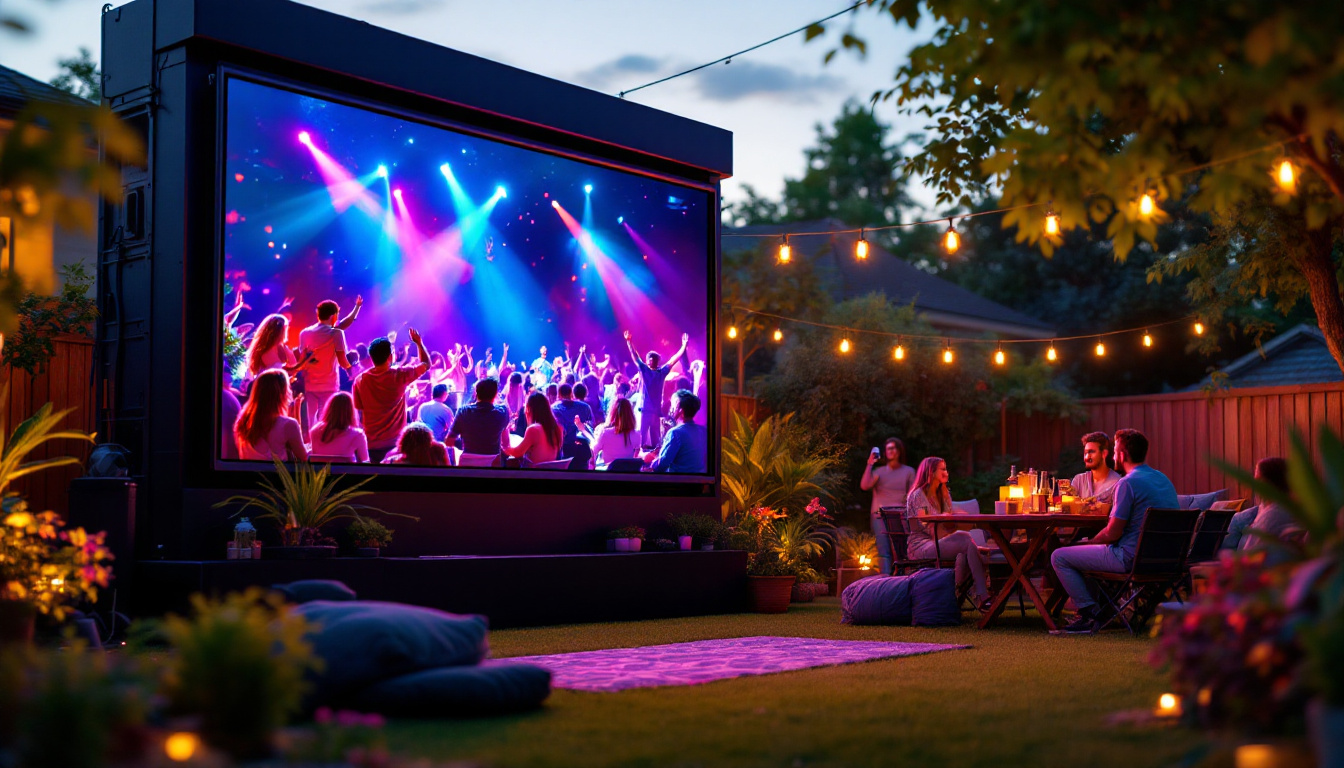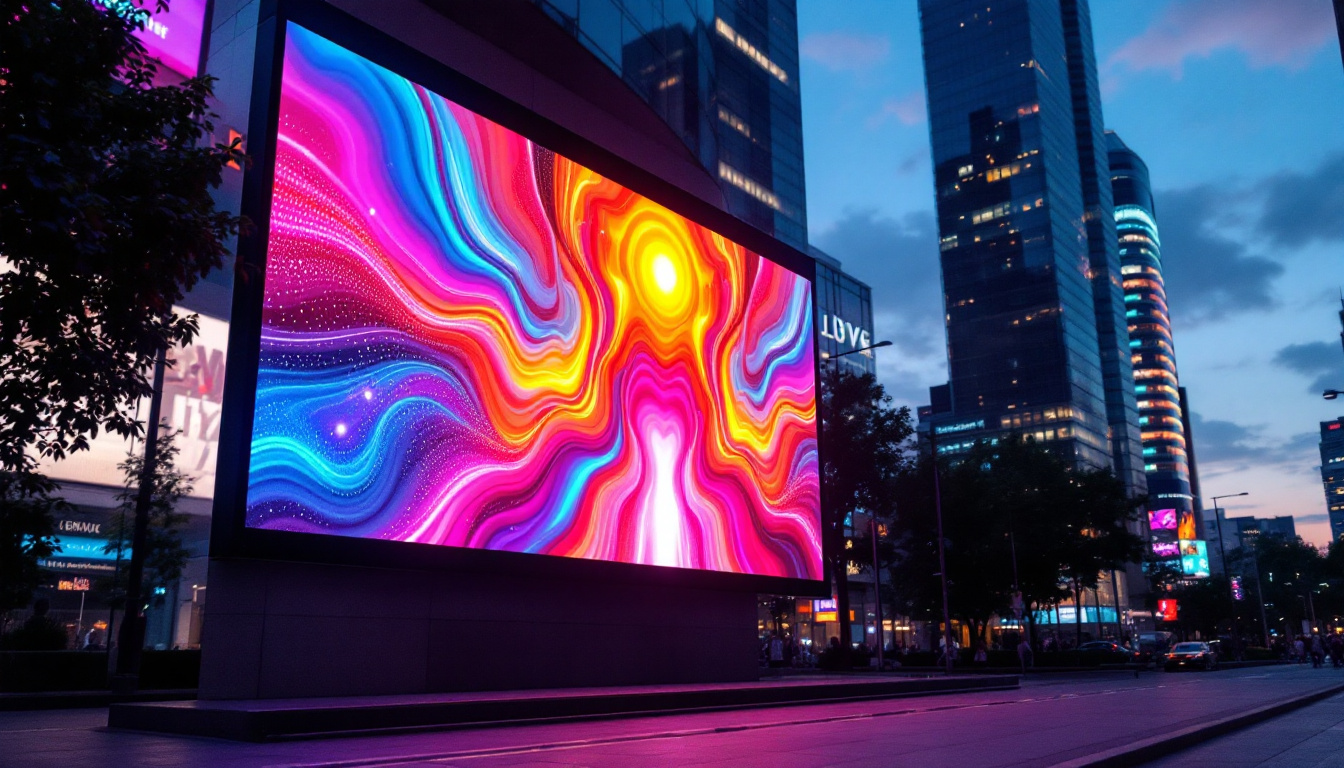In the realm of display technology, understanding monitor contrast is crucial for anyone looking to optimize their viewing experience. With the rise of LED displays, the way contrast is perceived and utilized has evolved significantly. This article delves into the intricacies of monitor contrast, particularly in LED displays, and explores how it affects image quality and user experience.
Understanding Monitor Contrast
Monitor contrast refers to the difference in luminance between the brightest white and the darkest black that a display can produce. This ratio is a key determinant of a monitor’s ability to render images with depth and detail. A higher contrast ratio typically indicates a more vibrant and dynamic image, making it essential for various applications, from gaming to graphic design.
The Importance of Contrast Ratio
The contrast ratio is often expressed as a numerical value, such as 1000:1. This means that the brightest part of the screen is 1000 times brighter than the darkest part. A high contrast ratio is particularly beneficial in environments with varying lighting conditions, as it enhances visibility and reduces eye strain.
In practical terms, a monitor with a higher contrast ratio will display deeper blacks and more vivid colors. This is especially important for tasks that require color accuracy, such as photo editing or video production. Users will notice that images appear more lifelike, with better differentiation between shades. Furthermore, a well-calibrated monitor with a high contrast ratio can significantly improve the viewing experience for movies and games, where dark scenes can often lose detail if the contrast is insufficient.
Types of Contrast Ratios
There are generally two types of contrast ratios to consider: static and dynamic. Static contrast is the ratio measured under a consistent set of conditions, while dynamic contrast varies based on the content being displayed. Dynamic contrast can create the illusion of higher contrast by adjusting the backlighting based on the image being shown, but it may not always reflect the true performance of the monitor.
Static contrast ratios are often more reliable for assessing a monitor’s performance, as they do not fluctuate with content. When shopping for a monitor, it is advisable to pay closer attention to the static contrast ratio for a more accurate representation of image quality. Additionally, understanding the technology behind the display—such as whether it uses an IPS, VA, or TN panel—can also provide insights into how contrast is rendered. For instance, VA panels typically offer better static contrast ratios than TN panels, making them a popular choice for users who prioritize deep blacks and rich colors in their visual experience.
LED Display Technology
Light Emitting Diode (LED) technology has revolutionized the way displays are manufactured and perceived. Unlike traditional LCDs that rely on fluorescent backlighting, LED displays utilize small diodes to produce light. This shift has significant implications for contrast and overall image quality, making LED technology a preferred choice for consumers and professionals alike. The energy efficiency of LED displays also plays a crucial role in their popularity, as they consume less power compared to their predecessors, leading to lower electricity bills and a reduced carbon footprint.
How LED Technology Enhances Contrast
One of the primary advantages of LED displays is their ability to achieve higher contrast ratios. The use of individual diodes allows for more precise control over brightness and darkness. This means that blacks can be deeper and whites can be brighter, resulting in a more dynamic image. Additionally, LED displays can often achieve a wider color gamut, further enhancing the viewing experience. The advancements in LED technology have also led to improvements in motion handling, reducing blurring during fast-paced scenes, which is particularly important for sports and action films.
Local dimming is another feature commonly found in LED displays that contributes to improved contrast. This technology allows specific areas of the screen to dim while others remain bright, creating a more pronounced difference between light and dark areas. This is particularly beneficial for watching movies or playing video games, where contrast plays a critical role in immersion. Furthermore, the implementation of HDR (High Dynamic Range) in many LED displays takes advantage of this local dimming feature, allowing for an even greater range of brightness and color detail, making images appear more lifelike and vibrant.
Different Types of LED Displays
There are several types of LED displays, each with its unique characteristics and advantages. The most common types include edge-lit LED, full-array LED, and OLED. Edge-lit LED displays use LEDs positioned along the edges of the screen, while full-array LED displays have a grid of LEDs behind the entire screen, allowing for better local dimming capabilities. These variations cater to different consumer needs, from budget-friendly options to high-end displays that prioritize picture quality.
On the other hand, OLED (Organic Light Emitting Diode) technology is distinct in that each pixel emits its own light. This means that OLED displays can achieve true blacks since individual pixels can be turned off completely, resulting in infinite contrast ratios. While OLED displays tend to be more expensive, they are often favored by professionals in creative fields due to their superior color accuracy and contrast. Additionally, the flexibility of OLED technology has led to innovative designs, such as curved and foldable screens, which open up new possibilities for immersive viewing experiences. As the technology continues to evolve, we can expect even more advancements that will further enhance the capabilities of LED displays in various applications, from home entertainment to commercial advertising.
Factors Affecting Monitor Contrast
While the technology behind LED displays significantly impacts contrast, several external factors can also influence the perceived contrast ratio. Understanding these factors can help users make informed decisions when selecting a monitor.
Ambient Lighting Conditions
The lighting environment in which a monitor is used plays a crucial role in how contrast is perceived. In a brightly lit room, a monitor with a lower contrast ratio may struggle to display deep blacks, leading to a washed-out appearance. Conversely, in a dimly lit environment, the same monitor may perform adequately, showcasing its full contrast potential.
To optimize contrast, it is advisable to adjust the monitor settings based on the ambient lighting. Many monitors come with preset modes for different lighting conditions, allowing users to switch between settings for optimal performance.
Calibration and Settings
Calibration is another essential factor in achieving the best contrast. Monitors often come with default settings that may not accurately reflect the display’s capabilities. By calibrating the monitor, users can adjust brightness, contrast, and color settings to achieve a more accurate representation of images.
There are various calibration tools available, ranging from software solutions to hardware devices. Investing time in proper calibration can significantly enhance the viewing experience, ensuring that colors are true to life and contrast is maximized.
Applications of High Contrast Monitors
High contrast monitors are particularly valuable in various fields, including graphic design, photography, gaming, and video production. Each of these applications benefits from the enhanced image quality that high contrast ratios provide.
Graphic Design and Photography
For graphic designers and photographers, accurate color representation is paramount. High contrast monitors allow for better differentiation between shades, enabling professionals to make precise adjustments to their work. This is especially important when editing images that require careful attention to detail.
Moreover, a monitor with a high contrast ratio can help designers and photographers identify potential issues in their work, such as color banding or loss of detail in shadows. This ensures that the final output is of the highest quality, whether it’s for print or digital media.
Gaming Experience
In the gaming world, contrast can significantly impact immersion and gameplay. High contrast monitors enhance the visual experience by providing deeper blacks and more vivid colors, making game environments more engaging. This is particularly important in dark scenes where detail can easily be lost without adequate contrast.
Additionally, many gamers prefer monitors with fast response times and high refresh rates, which can also influence the perceived contrast. A monitor that combines high contrast with these features can provide a competitive edge, allowing gamers to spot enemies or hidden details more effectively.
Choosing the Right Monitor
When selecting a monitor, understanding contrast and its implications is vital. Several factors should be considered to ensure that the chosen display meets the user’s needs.
Evaluating Specifications
Before making a purchase, it is essential to evaluate the specifications of the monitor. Look for the static contrast ratio, as well as other features such as local dimming and color accuracy. Reading reviews and expert opinions can also provide valuable insights into a monitor’s performance in real-world scenarios.
Additionally, consider the intended use of the monitor. For example, a monitor used primarily for gaming may prioritize refresh rates and response times, while a display for graphic design may require a focus on color accuracy and contrast.
Testing the Monitor
If possible, testing the monitor in-store can provide a better understanding of its performance. Observing how the monitor handles various content types, such as movies, games, and images, can help gauge its contrast capabilities. Pay attention to how blacks appear in dark scenes and how colors pop in bright scenes.
Furthermore, consider the ergonomics of the monitor, including its adjustability and viewing angles. A monitor that can be easily adjusted for optimal viewing can enhance comfort and reduce eye strain during long hours of use.
Conclusion
Monitor contrast is a fundamental aspect of display technology that significantly influences image quality and user experience. With the advancements in LED technology, achieving high contrast ratios has become more accessible, allowing users to enjoy vibrant and dynamic visuals.
Understanding the various factors that affect contrast, from ambient lighting to calibration, empowers users to make informed decisions when selecting a monitor. Whether for professional use in graphic design or for immersive gaming experiences, choosing the right monitor can enhance productivity and enjoyment.
As display technology continues to evolve, staying informed about monitor specifications and performance will ensure that users can take full advantage of the benefits that high contrast monitors offer.
Discover LumenMatrix’s Advanced LED Solutions
Ready to experience the pinnacle of monitor contrast and elevate your visual encounters? LumenMatrix, a pioneer in LED display technology, offers an extensive array of innovative solutions tailored to meet your needs. From Indoor and Outdoor LED Wall Displays to specialized options like Vehicle, Sports, and Floor LED Displays, our products are designed to maximize brand visibility and captivate your audience. Embrace the future of visual communication with our Custom, All-in-One, and Transparent LED Displays. Don’t miss out on the opportunity to transform your space with unparalleled clarity and impact. Check out LumenMatrix LED Display Solutions today and step into a world of vibrant, dynamic visuals.



